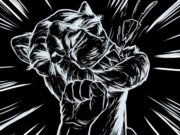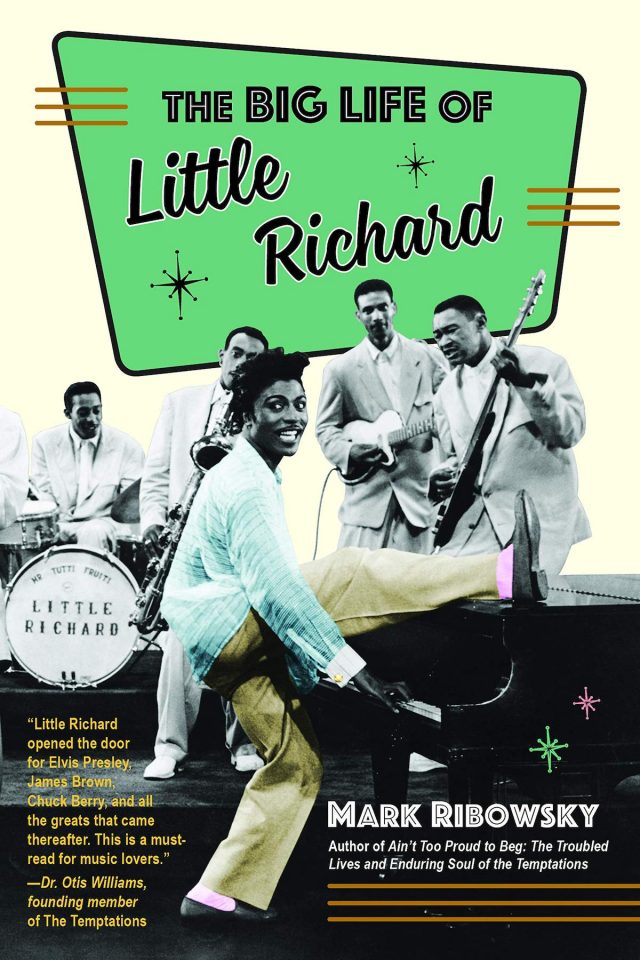As you can see from the picture at the top of this post, there’s a new Little Richard biography coming this week. I never met the man. But I do have a couple of anecdotes to share:
1 | One year at SXSW, he attended (I believe he was a keynote speaker). He also did a showcase, so naturally, I went. I wasn’t expecting much, but he ended up being better than anticipated, mostly because his voice was still pretty decent. Of course, he was a little long in the tooth to get up to most of his old stage antics — though he did gingerly climb a set of stairs (with the help of an assistant) to stand on top of his grand piano at the end of his set;
2 | I recently read that back in the ’90s, Little Richard was a regular at a hotel bar on the Sunset Strip, and would happily shoot the breeze with anybody who came up and sat down with him. Back in the days when I used to visit L.A. regularly, I must have walked past that hotel 50 times, but never went in. I’m still kicking myself over than one. I don’t know if either of those facts are in the book, but maybe I’ll write one someday and put them in. Don’t hold your breath. Meanwhile, here’s the rundown on this week’s rock reads:
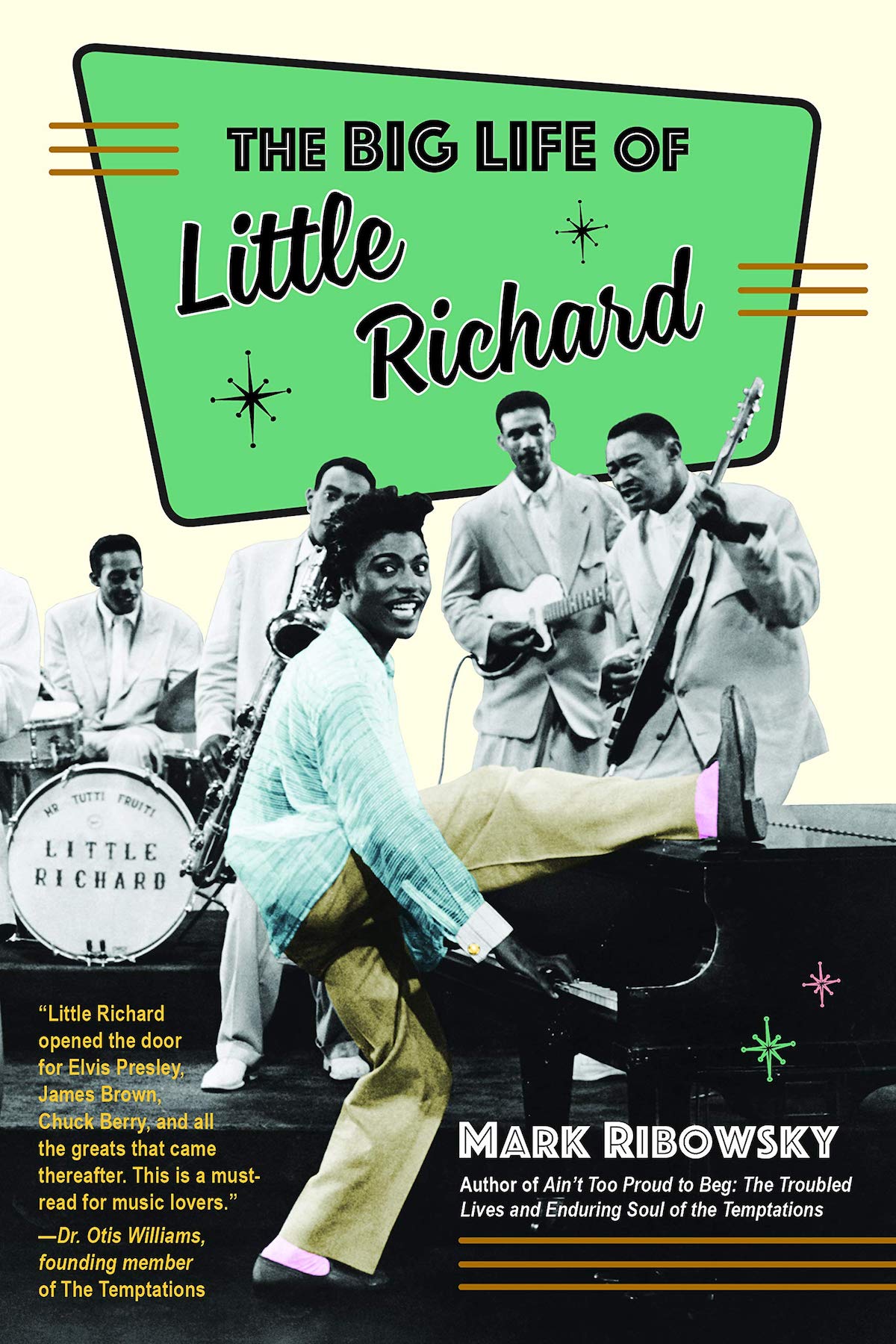 The Big Life of Little Richard
The Big Life of Little Richard
By Mark Ribowsky
THE PRESS RELEASE: “Little Richard blazed the trail for generations of musicians ― The Beatles, James Brown, The Everly Brothers, Jimi Hendrix, The Rolling Stones, Elton John, Prince … the list seems endless. He was “The Originator,” “The Innovator,” and the self-anointed “King and Queen of Rock ’n’ Roll.” When he died on May 9, 2020, The Big Life of Little Richard ― a nearly completed book ― was immediately updated to cover the international response to his death. It is the first major biography of Macon, Georgia’s Richard Wayne Penniman, who was, until his passing, the last rock god standing. Mark Ribowsky, acclaimed biographer of musical icons — including The Supremes, The Temptations, Stevie Wonder and Otis Redding — takes readers through venues, gigs, and studios, conveying the sweaty energy of music sessions limited to a few tracks on an Ampex tape machine and vocals sung along with a live band. He explores Little Richard’s musicianship; his family life; his uphill battle against racism; his interactions with famous contemporaries and the media; and his lifelong inner conflict between his religion and his sexuality. The Big Life of Little Richard not only explores a legendary stage persona, but also a complex life under the makeup and pomade, the neon-lit duds and piano pyrotechnics, along with a full-body dive into the waters of sexual fluidity. By 2020, 87-year-old Little Richard’s electrifying smile was still intact, as were his bona fides as rock’s kingly architect: the ’50s defined his reign, and he extended elder statesmanship ever since. His biggest smash, Tutti Frutti, is one of history’s most covered songs ― a staple of the pre-Invasion Beatles ― and Elvis pivoted from country to blues rock after Little Richard made R&B’s sexual overtones a fundament of the new musical order. Even Hendrix, the greatest instrumentalist in rock history, toured with him before launching a meteoric solo career. Whenever someone pushes the music and culture of rock to its outer borders, one should turn to Little Richard for assurance that anything is possible.”
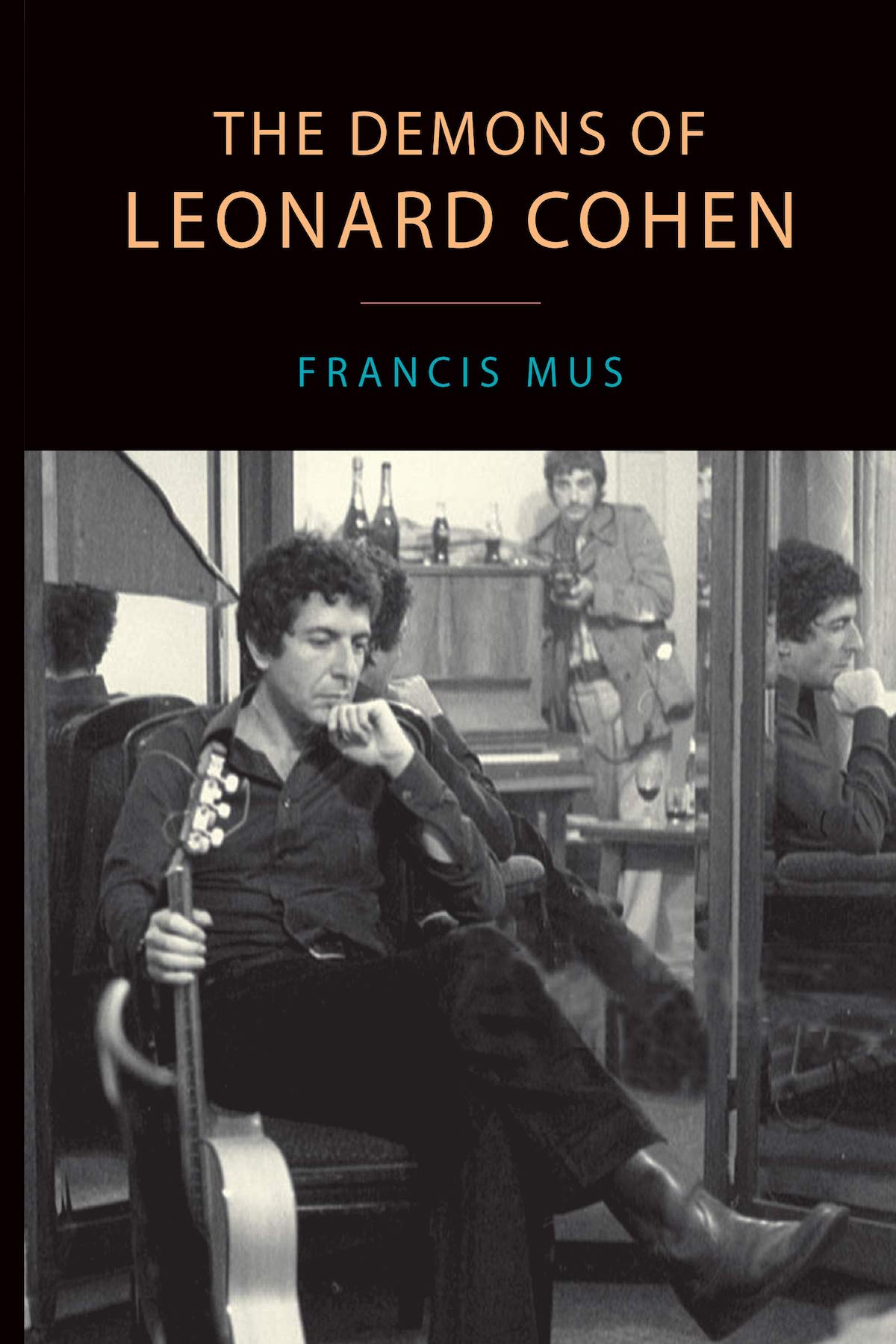 The Demons of Leonard Cohen
The Demons of Leonard Cohen
By Francis Mus
THE PRESS RELEASE: “With my jingle in your brain, allow the bridge to arch again.” How are we to understand Leonard Cohen’s plea? Who speaks to whom in this oeuvre spanning six decades? In search of an answer to this question this study considers the different guises or “demons” that the Canadian singer-songwriter adopts. The countless roles assumed by Cohen’s personas are not some innocent game, but strategies in response to the sometimes conflicting demands of a “life in art”: they serve as masks that represent the performer’s face and state of mind in a heightened yet detached way. In and around the artistic work they are embodied by different guises and demons: image (the poser), artistry (the writer and singer), alienation (the stranger and the confidant), religion (the worshipper, prophet, and priest), and power (the powerful and powerless). Ultimately, Cohen’s artistic practice can be read as an attempt at forging interpersonal contact. The wide international circulation of Cohen’s work has resulted in a partial severing with the context of its creation. Much of it has filtered through the public image forged by the artist and his critics in concerts, interviews, and reflective texts. Less a biography than a reception study — supplemented with extensive archival research, unpublished documents, and interviews with colleagues and privileged witnesses—it sheds new light on the dynamic of a comprehensive body of work spanning a period of 60 years.”
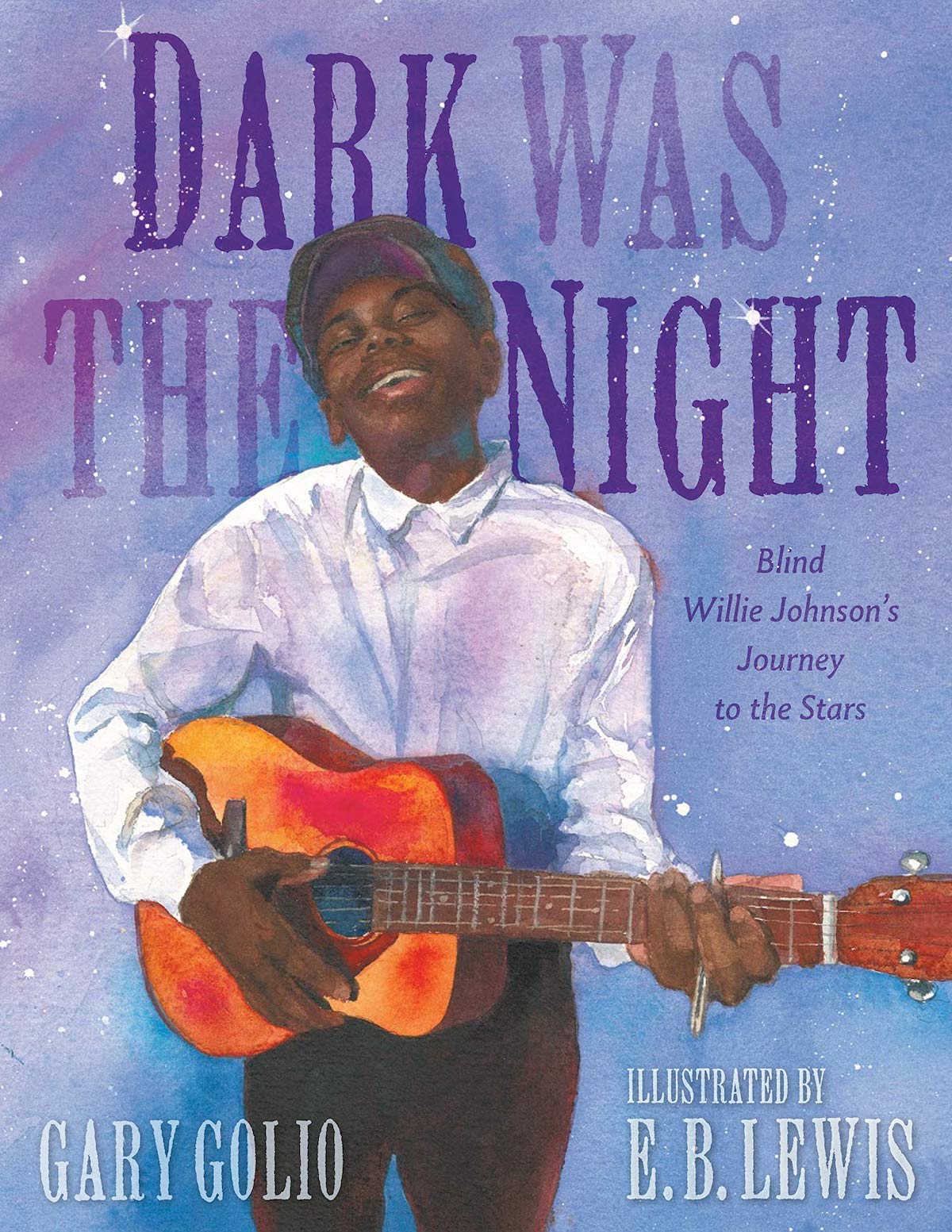 Dark Was the Night: Blind Willie Johnson’s Journey to the Stars
Dark Was the Night: Blind Willie Johnson’s Journey to the Stars
By Gary Golio & E.B. Lewis
THE PRESS RELEASE: “Willie Johnson was born in 1897, and from the beginning he loved to sing — and play his cigar box guitar. But his childhood was interrupted when he lost his mother and his sight. How does a blind boy make his way in the world? Fortunately for Willie, the music saved him and brought him back into the light. His powerful voice, combined with the wailing of his slide guitar, moved people. Willie made a name for himself performing on street corners all over Texas. And one day he hit it big when he got a record deal and his songs were played on the radio. Then in 1977, his song Dark Was the Night was chosen to light up the darkness when it was launched into space on the Voyager I space probe’s famous Golden Record. His immortal song was selected for the way it expresses the loneliness humans all feel, while reminding us we’re not alone.”









